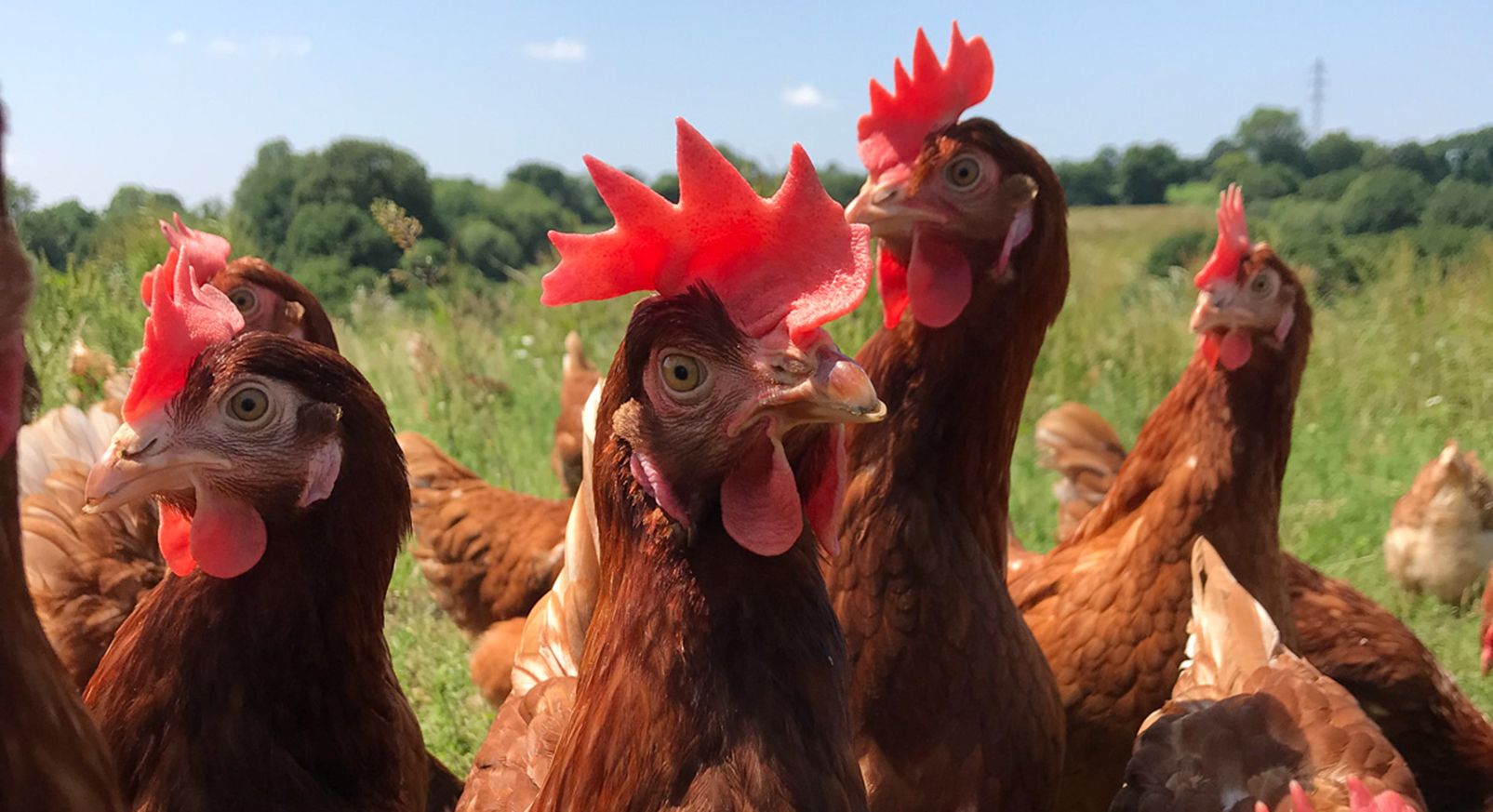Poultry Farmers Face Challenges Implementing EFSA Welfare Recommendations

The European Food Safety Authority (EFSA) is organising a public event on March 28th to present the findings of its two scientific opinions on broiler chickens and laying hens. These opinions were developed in response to a European Citizens' Initiative (ECI) calling for a phase-out of the use of cages for farm animals.
The scientific opinions provide recommendations for the welfare of broiler chickens and laying hens, including requirements for space, environmental enrichment, and health management. While these recommendations are important for improving animal welfare, they may present challenges for poultry farmers.
Meeting space requirements for cages is a significant challenge that farmers may face when implementing the recommendations. In particular, the opinion on laying hens recommends a minimum space allowance of 750 cm² per bird for enriched cages and 1,250 cm² per bird for non-cage systems. This minimum space requirement is to ensure the hens can move around freely and express their natural behaviors.
To meet these space requirements, farmers may need to invest in larger cages or transition to non-cage systems, which can be costly. For example, building new barns or converting existing ones to accommodate non-cage systems can be a significant expense for farmers. Additionally, transitioning to non-cage systems may require changes in management practices, such as increased labor costs for cleaning and maintenance.
Similarly, providing environmental enrichment is another significant challenge for poultry farmers when implementing the recommendations from the EFSA. The scientific opinion on laying hens emphasizes the need for environmental enrichment to improve the welfare of hens. This includes providing perches and litter, which can help reduce stress and encourage natural behaviors such as dustbathing and foraging.
However, providing these amenities can require additional investments and management practices. For instance, installing perches in cages or providing litter on the barn floor can be costly for farmers. Additionally, farmers may need to modify their management practices to maintain the hygiene and cleanliness of these areas, which can require additional labor and resources.
Furthermore, some farmers may not have enough space to provide environmental enrichment to all birds. This is particularly true for farmers who use cage systems, as they have limited space to add perches or litter. As a result, these farmers may need to consider transitioning to non-cage systems or invest in larger cages to accommodate environmental enrichment, which can be financially challenging.
Though it is possible that some consumers would be willing to pay more for poultry products that are produced with higher animal welfare standards, the current economic climate, energy crisis, and runaway inflation, have made most consumers very sensitive to increased food costs. This may make it difficult for farmers to cover the costs of transitioning to new housing systems or making the necessary modifications to their existing facilities as there would be little demand for a premium, higher priced product. This means that farmers will need to carefully consider the financial feasibility of implementing these changes, with some, likely smaller operations, being forced to shut down.
To add an additional layer of complexity to the situation, farmers also face the ongoing issue of the avian influenza epidemic. The latest EFSA report shows a worrying trend of increasing infections and outbreaks of avian influenza in several European countries, which is commonly spread to poultry populations by wild birds.
As a result, farmers in affected countries must take strict biosecurity measures including keeping their birds indoors to prevent the spread of the disease. This can be a significant challenge for farmers who traditionally allow their birds to have access to outdoor areas. Not only does this require changes in management practices, such as providing adequate ventilation and managing manure, but it can also be costly to retrofit existing facilities or build new ones that allow for indoor confinement. We should not forget that caging birds in indoor spaces is also done in the interest of animal welfare, as cooping up chickens indoors in confined spaces without adequate caging can lead to aggression between birds and cannibalism.
Though the EFSA scientific opinions do provide a roadmap for improving animal welfare in poultry farming, their recommendations may be very difficult for many poultry farmers to implement in the current economic and epidemiologic environment.
If you're interested in learning more about the EFSA's scientific opinions and their implications, you can register for the public event here.

